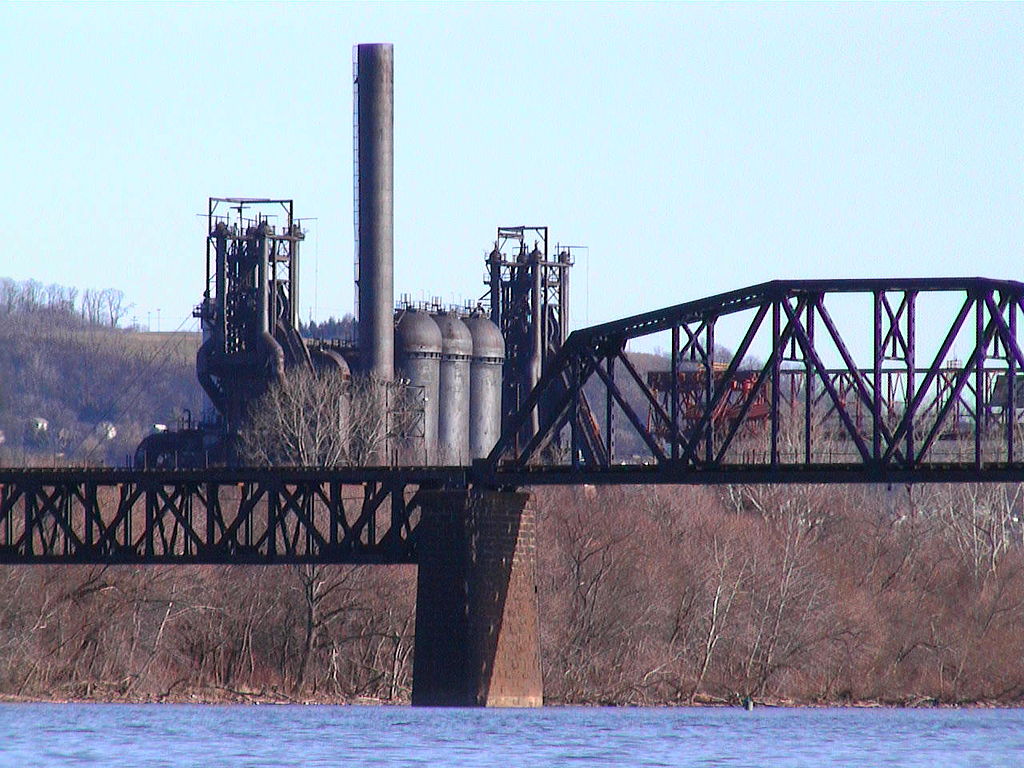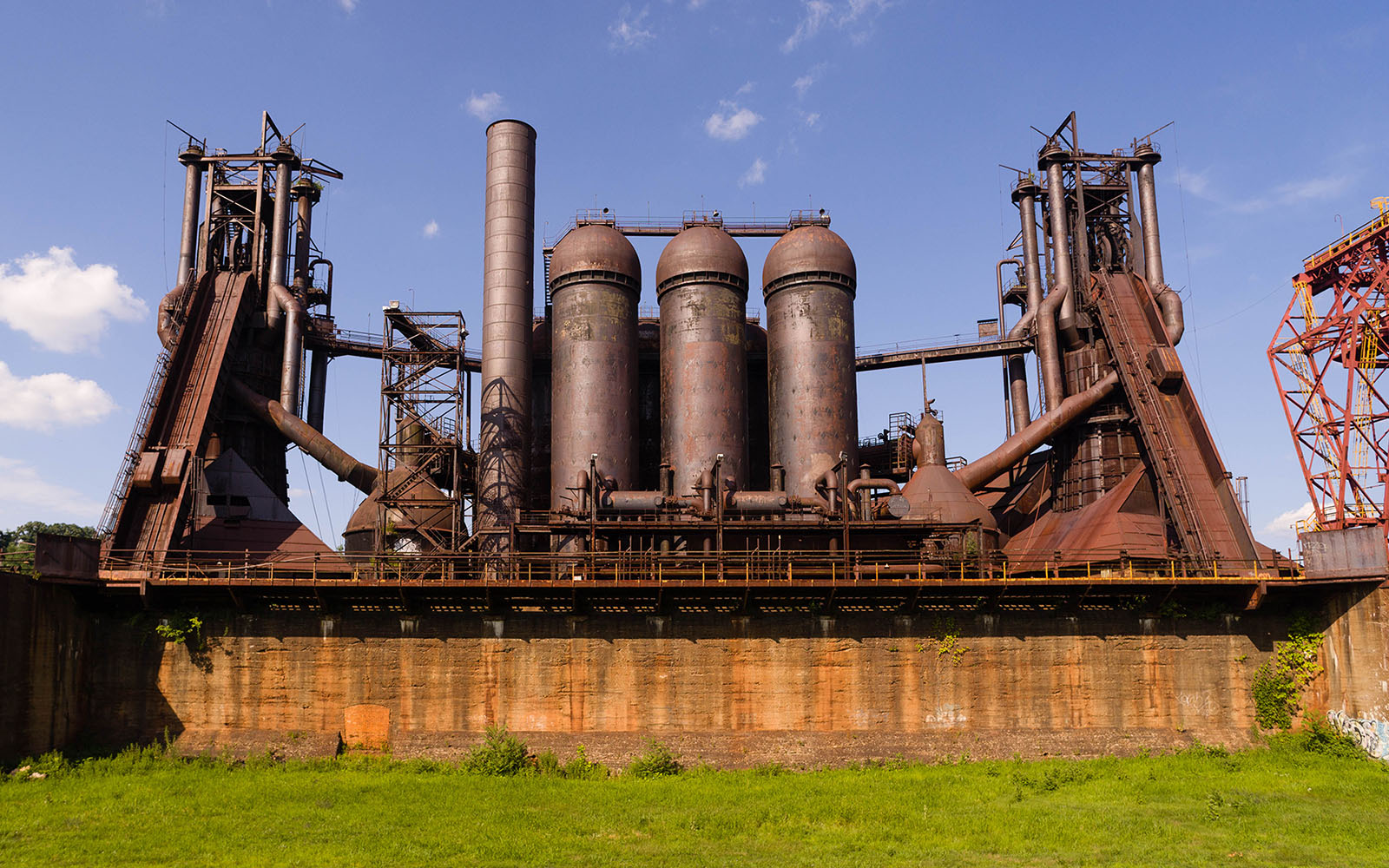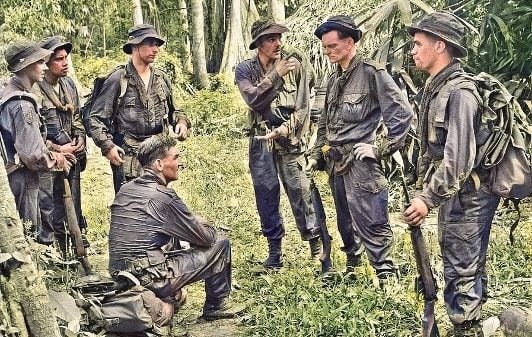The Carrie Blast Furnaces stands proudly along the scenic Monongahela River in Swissvale, Pennsylvania. Anyone who will pass by this industrial Pittsburgh town cannot help but wonder how this towering structure remained in the area for years.
But the abandoned iron furnace remained a reminder of a former successful steel factory that no longer exists today.
What Are The Carrie Blast Furnaces?
Commonly known as the Carrie Furnaces, the structures that you can see today were constructed in 1881. It belongs to the Homestead Steel Works company.
The furnaces were built within the 400-acre property extended on both sides of the Pennsylvanian’s Monongahela River. During its prime, the facility could come up with as much as 1,250 tons of steel per day. However, the company had to shut down in 1978. While most of the facility was demolished to make way for new developments, Furnaces 6 and 7 remain untouched.
Today, the remaining furnaces became a very rare example of the American ironmaking technology prevalent before World War II.
The furnaces also witness some of the most significant events during the industrial age in the US. For a long period, Homestead Works is known as the biggest steel mill globally. But a hostile strike took place in 1892 between the strikers and the hired security agents of the company. It was one of the most groundbreaking incidences in the history of US labor. In the end, the members of the workers’ union suffered from a defeat.
After the bloody strike, Scottish-American industrialist Andrew Carnegie purchased the Homestead Works facilities’ site to establish the Carnegie Library of Homestead in the neighboring town of Munhall. He intended to be one of the concessions offered to the striking workers.
By 1901, Carnegie decided to sell the company to U.S. Steel. The longstanding iron manufacturing facility management announced in January 1906 that it would go through a series of expansions and upgrades. The facility continued to operate even during World War II.

The striking view of the Carrie Furnaces from across the Monongahela River in Homestead, Pennsylvania.
Carrie Furnaces: Beyond The War
The furnaces continue to serve their function until the closure of the company in 1978. By 1988, the facility was sold to Park Corporation to transform it into new developments. However, nothing pushed through. Both the Park Corporation and the U.S. Steel both agreed to solve all the vicinity’s environmental issues.
The companies eliminated most fuel storage tanks installed underground and the fuel storage units above ground in 1994. They also removed asbestos traces from the buildings. But despite the thorough cleanup in the area, the former activities already contaminated the soil within the property with sulfates and PCBs. It means it is not a good place for vegetation.
In 2005, Park Corporation sold the property to Allegheny County. Then in 2006, the remaining furnaces were declared as National Historic Landmark.
Carrie Furnaces: Future Developments
Allegheny County is planning to work with the Steel Industry Heritage Corporation and other surrounding municipalities. They want to preserve the existing industrial structures while preparing the site for possible economic development.


















